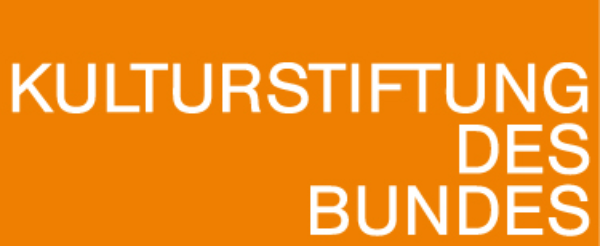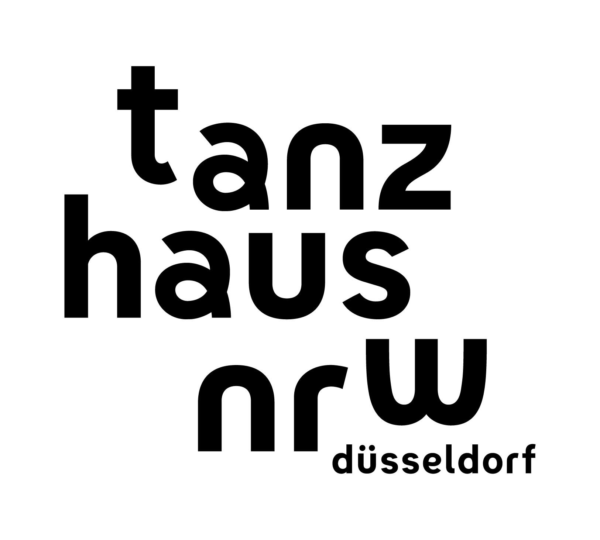Körperwende
From Nam June Paik to Hiroshi Ishiguro
29./3. - 5./5./2019
Zur Hauptnavigation Zum Inhalt
Körperwende
From Nam June Paik to Hiroshi Ishiguro
In the 1960s, Nam June Paik built the first non-human action artist in history. In 2018, the Japanese roboticist Hiroshi Ishiguro had his android, Alter 3, conduct an opera and Pinar Yoldas' Kitty AI ruled the world. From March 29 to May 5, 2019, the exhibition Körperwende at the NRW-Forum Düsseldorf shows how artists negotiate the boundaries between human and machine, between living, artificial, and inanimate bodies. With works by Nam June Paik, Erika Kiffl, Martina Menegon, Hiroshi Ishiguro, Pinar Yoldas, Nick Ervinck, Ivana Bašić, and Oscar Santillan.
When the film The Thieving Hand was released in 1908, the filmmaker had no idea how quickly prostheses and human machines would develop in the future. This early silent cinema fantasy about an obstinate kleptomaniac hand kicks the exhibition Körperwende - from Nam June Paik to Hiroshi Ishiguro off. Based on over fifty years of artistic positions, the exhibition explores the limits of the body and body image, the self and the other, and the perception of the body in space. Somewhere between artificial production, imaginative candor, and the fragility of the body, the works create atmospheres between amazement, alienation, fear fantasies, and beauty.
Nam June Paik's Robot K456 was the first non-human action artist in history. It was specially developed for street performances, where it was supposed to mingle—more or less conspicuously—with passers-by. The exhibition features video footage of the robot and photographs by the photographer Erika Kiffl showing Paik with his robot works at the 1993 Venice Biennale.
In his video work Phantom Cast, Oscar Santillan explores the neurological phenomenon of phantom sensations, in which the brain tries to collect sensory information from a missing body part after it has been amputated. The video shows a performance in which a group of performers feel out and recast a phantom leg with their hands and fingers.
Ivana Bašić exposes the “healthy body” as an ideological construct with her sculpture, as she hangs a wax figure from the ceiling without feet or torso. Her wax forms reveal our socially constructed notions of limited bodies, which are perceived as defective in a capitalist system.
Nick Ervinck’s futuristic 3-D sculptures connect past, present, and future. The cyborg sculptures, which are created using the latest computer software and 3-D printing techniques, are inspired by robots, aliens, monsters, and mysterious creatures and at the same time are reminiscent of helmets, jewelry, masks, and sculptures from ancient civilizations such as the Inca and the Maya.
Martina Menegon’s VR work addresses the split between real and virtual, flesh and data. Plug your nose and try to hum is a virtual reality installation in which users are surrounded by floating miniature bodies that can be grabbed, stretched, and thrown around. It is also possible to interact with the 3-D body of the artist, who happens to be moving around the scenery. The virtual bodies suggest a synthetic physicality that evokes a sense of eeriness, a perceptible digital representation that is palpable and tangible despite its virtual nature.
In Pinar Yoldas’ work The Kitty AI: Artificial Intelligence for Governance—a postapocalyptic, sociopolitical and economic manifesto—artificial intelligence in the form of a cat has taken over the world. It comments on past crises, from the refugee crisis to climate change, and explains to the visitor why AI has taken over the role of government.
The Japanese roboticist Hiroshi Ishiguro, who has been a worldwide sensation with his humanoid androids, has developed an android that can conduct an entire opera— Alter 3. Alter 3 will be part of the exhibition after conducting the opera Scary Beauty with the Japanese Symphony Orchestra at the Kunstpalast as part of Hi, ROBOT! Das Mensch Maschine Festival (The Human Machine Festival).
The preview of the exhibition Körperwende is from March 15 to March 17, 2019 as part of the META Marathon, a 42-hour digital festival on robotics. https://www.nrw-forum.de/presse/meta-marathon-2019
The exhibition is curated by Cis Bierinckx and is part of "Hi, ROBOT! Das Mensch Maschine Festival", which takes place from March 13 to March 31, 2019 in Düsseldorf. "Hi, ROBOT!" is a themed festival about the future of the human body, initiated by the tanzhaus nrw in cooperation with the NRW-Forum Düsseldorf and the Black Box—Kino im Filmmuseum, and funded by the German Federal Cultural Foundation. www.hi-robot.de



The listed image material can be freely used for topic-related reporting (in print and online media as well as via social media channels) and by naming the specified photo credits. The free right of use expires six weeks after the end of the exhibition.


